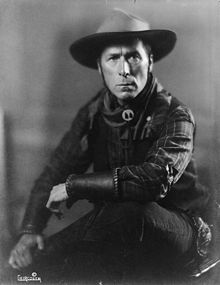
Studebaker was an American wagon and automobile manufacturer based in South Bend, Indiana, with a building at 1600 Broadway, Times Square, Midtown Manhattan, New York City. Founded in 1852 and incorporated in 1868 as the Studebaker Brothers Manufacturing Company, the firm was originally a coachbuilder, manufacturing wagons, buggies, carriages and harnesses.

The Bethlehem Steel Corporation was an American steelmaking company headquartered in Bethlehem, Pennsylvania. Until its closure in 2003, it was one of the world's largest steel-producing and shipbuilding companies. At the height of its success and productivity, the company was a symbol of American manufacturing leadership in the world, and its decline and ultimate liquidation in the late 20th century is similarly cited as an example of America's diminished manufacturing leadership. From its founding in 1857 through its 2003 dissolution, Bethlehem Steel's headquarters were based in Bethlehem, Pennsylvania, in the Lehigh Valley region of the United States. Its primary steel mill manufacturing facilities were first located in Bethlehem, Pennsylvania and later expanded to include a major research laboratory in Bethlehem, Pennsylvania, and plants in Sparrows Point, Maryland, Johnstown, Pennsylvania, Lackawanna, New York, and its final and largest site in Burns Harbor, Indiana.

The Hagley Museum and Library is a nonprofit educational institution in unincorporated New Castle County, Delaware, near Wilmington. Covering more than 235 acres (95 ha) along the banks of the Brandywine Creek, the museum and grounds include the first du Pont family home and garden in the United States, the powder yards, and a 19th-century machine shop. On the hillside below the mansion lies a Renaissance Revival garden, with terraces and statuary, created in the 1920s by Louise Evelina du Pont Crowninshield (1877–1958).

A hat is a head covering which is worn for various reasons, including protection against weather conditions, ceremonial reasons such as university graduation, religious reasons, safety, or as a fashion accessory. Hats which incorporate mechanical features, such as visors, spikes, flaps, braces or beer holders shade into the broader category of headgear.
Stetson is an American brand of hat manufactured by the John B. Stetson Company. "Stetson" is also used as a generic trademark to refer to any campaign hat, particularly in Scouting.
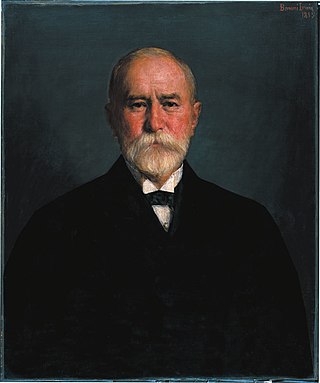
John Batterson Stetson was an American hatter, hat manufacturer, and in the 1860s, the inventor of the cowboy hat. He founded the John B. Stetson Company as a manufacturer of headwear. The company's hats are now commonly referred to simply as Stetsons.

The cowboy hat is a high-crowned, wide-brimmed hat best known as the defining piece of attire for the North American cowboy. Today it is worn by many people, and is particularly associated with ranch workers in the western and southern United States, western Canada and northern Mexico, with many country, regional Mexican and sertanejo music performers, and with participants in the North American rodeo circuit. It is recognized around the world as part of Old West apparel.
The Journeymen Cigar Makers' International Union of America (CMIU) was a labor union established in 1864 that represented workers in the cigar industry. The CMIU was part of the American Federation of Labor from 1887 until its merger in 1974.

Stella D'oro is an American brand of cookies and breadsticks owned by Snyder's-Lance. Stella D'oro means "star of gold" in Italian, and the cookies are inspired by Italian baking. Its products include breadsticks, Swiss Fudge and other cookies, biscotti, and their S-shaped breakfast treats.

Disston Saw Works was an American company owned by Henry Disston that manufactured handsaws during the mid-19th to early 20th century in the Tacony neighborhood of Philadelphia. The company was initially named Keystone Saw Works and then Henry Disston & Sons, Inc. Two successor companies are said to still be around, Disston Precision is still operational in Philadelphia, and Disston Tools in Chicopee, MA.

From 1802 to 1921, Eleutherian Mills was a gunpowder mill site used for the manufacture of explosives founded by Eleuthère Irénée du Pont, which grew into the DuPont company. The name also refers to the house on the hill above the mills, which was the first du Pont family home in America. In 1957 the site became an outdoor museum when the Hagley Museum and Library was founded. The site was declared a National Historic Landmark in 1966.

The Lowell Mills were 19th-century textile mills that operated in the city of Lowell, Massachusetts, which was named after Francis Cabot Lowell; he introduced a new manufacturing system called the "Lowell system", also known as the "Waltham-Lowell system".
Belmont Glass Company, also known as the Belmont Glass Works, was one of Ohio's early glassmaking companies. It was named after Belmont County, Ohio, where the plant was located. The firm began operations in 1866 in a riverfront village along the east side of the county, which is known as Bellaire. At that time, the community had resource advantages that made it an attractive site for glassmaking. Bellaire's location at the intersection of the Ohio River, the National Road, and two railroads meant it had an excellent transportation infrastructure. Fuel necessary for the glassmaking process was also readily available, since Belmont County was part of the eastern Ohio coal region. Bellaire also had a workforce with glassmaking expertise located less than five miles away, since glass had been produced in Wheeling, West Virginia, since the 1820s.

The Boss of the Plains was a lightweight all-weather hat designed in 1865 by John B. Stetson for the demands of the American West. It was intended to be durable, waterproof and elegant. The term "Stetson" eventually became all-but-interchangeable with what later became known as the cowboy hat due to later style-designs based on how the rounded-crown would deform from regular use.

The Knoxville Iron Company was an iron production and coal mining company that operated primarily in Knoxville, Tennessee, United States, and its vicinity, in the late 19th and 20th centuries. The company was Knoxville's first major post-Civil War manufacturing firm, and played a key role in bringing heavy industry and railroad facilities to the city. The company was also the first to conduct major coal mining operations in the lucrative coalfields of western Anderson County, and helped establish one of Knoxville's first residential neighborhoods, Mechanicsville, in the late 1860s.
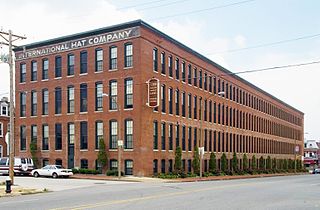
International Hat Company, formerly named the International Harvest Hat Company, was a St. Louis, Missouri-based manufacturer of commercial hats and military helmets. The company was one of the largest hat manufacturers in the United States and, at one time, the largest manufacturer of harvest hats in the world. It is best remembered for its design and mass production of tropical shaped, pressed fiber military sun helmets for service members of the United States Army, Marines, and Navy during and after World War II. Additionally, the American owned company was a major producer of harvest hats, straw hats, fiber sun hats, enameled dress hats, baseball caps, and earmuffs throughout most of the 20th century. However, it is the International Hat military sun helmets that have become the most notable collector's items.
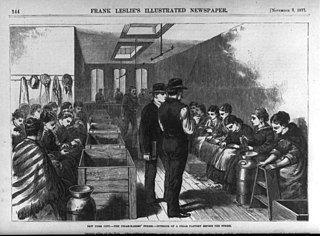
The cigar makers' strike of New York lasted from mid-October 1877 until mid-February 1878. Ten thousand workers walked out at the height of the strike, demanding better wages, shorter hours and better working conditions, especially in the tenement manufacturing locations. The strike was supported by the Cigar Makers International Union of America, local chapter 144.

The Ceramics Museum of Sacavém is situated in the town of Sacavém in the municipality of Loures, just northeast of Lisbon in Portugal. The museum was opened in July 2000 and was constructed on the grounds of a former ceramics factory. Most of the exhibits reflect the output of that factory and its documentation centre is devoted to the study of the history and production of the factory and the industrial heritage of the municipality. In 2002 the museum was awarded the Luigi Micheletti Prize in the Industrial Heritage category.
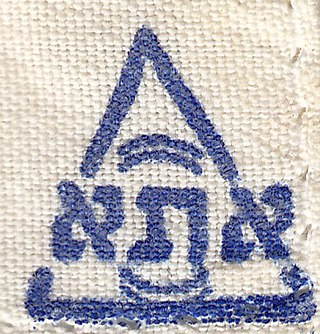
ATA Textile Company Ltd. was one of the first industrial enterprises founded in Israel, established in 1934. It was the first company in Israel to manufacture and design textiles locally. The textile factory continued to grow until the 1970s, and closed in 1985. ATA was re-established as a fashion brand in 2016 and is now based in Tel Aviv.
Workers for the Scripto company in Atlanta, Georgia, United States, held a labor strike from November 27, 1964, to January 9, 1965. It ended when the company and union agreed to a three-year contract that included wage increases and improved employee benefits. The strike was an important event in the history of the civil rights movement, as both civil rights leaders and organized labor activists worked together to support the strike.

